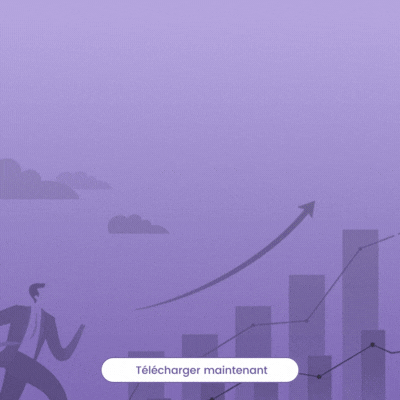
What Happens “Before the Birth” and “After the Death” of a Hedge Fund?
Créé le
10.03.2014-
Mis à jour le
28.09.2017We analyze hedge fund performance before “birth” (i.e., the date on which a fund begins to self-report to commercial databases) and after “death” (i.e., the date on which a fund ceases to self-report to commercial databases). We find that funds initiate reporting after an extended period of high performance, but that such performance deteriorates following birth. Additionally, our analysis indicates that both fund performance and net flows decline significantly after death. We compare the characteristics of reporting and non-reporting funds, and find that funds facing higher costs to disclosure (i.e., those funds with trading strategies that are more likely to be revealed through disclosure) are less likely to disclose by reporting to commercial databases, while those funds that presumably receive greater benefits from disclosure (i.e., young and medium-sized funds ostensibly seeking funding) are most likely to initiate disclosure. Finally, with the sole exception of characteristic-based benchmarks, we do not find any evidence of the reporting funds’ performance being better than that of non-reporting funds. Our results provide a better understanding of the self-selection bias inherent in commercial databases.
Keywords: Hedge funds; Mandatory and voluntary disclosure; Reporting and selection biases.
JEL codes: G20; G23; G29.









